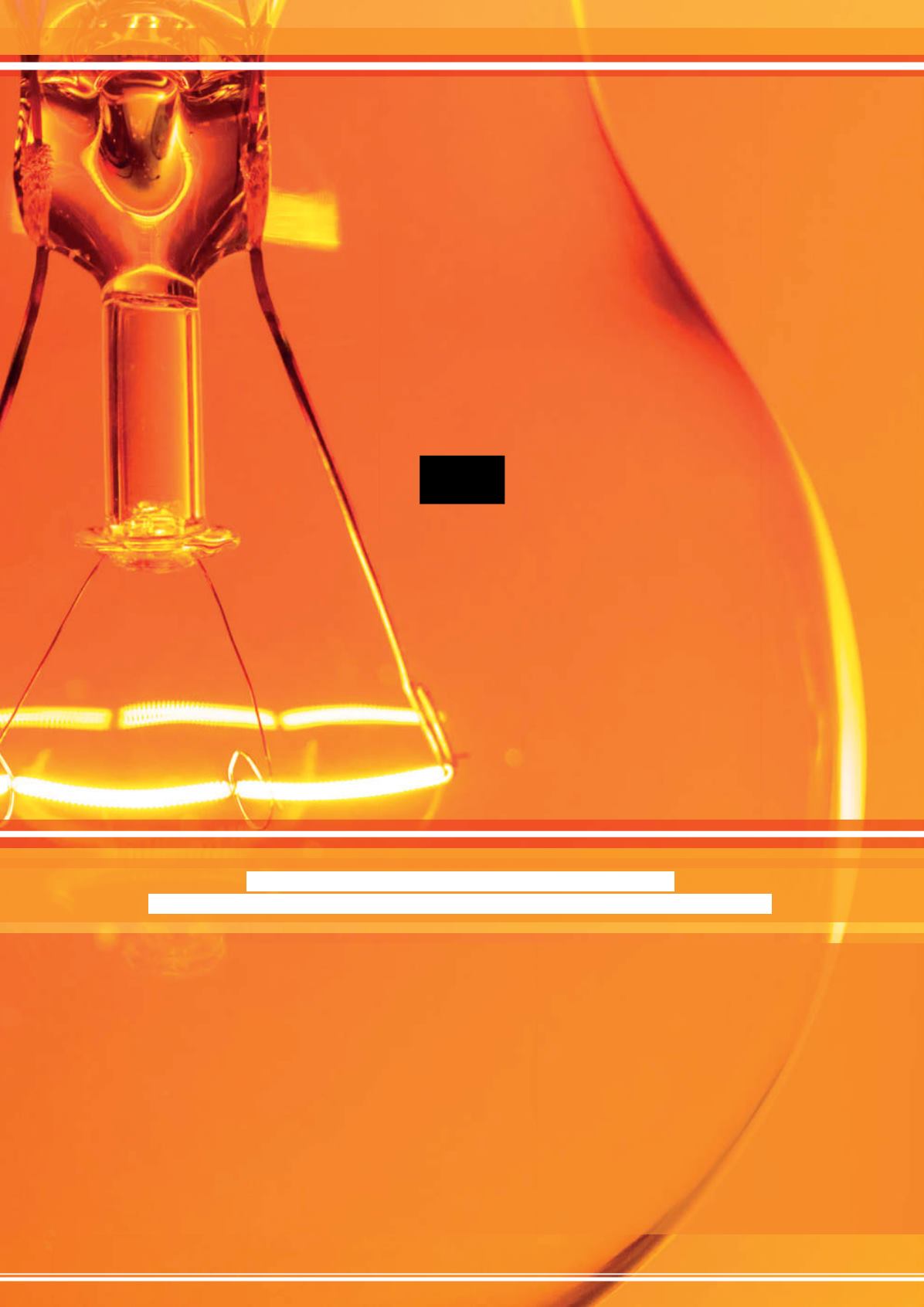
E N E R G Y
S A V I N G
Leon Postma, Stamicarbon BV, the Netherlands,
explains the company's new urea process for improving energy efficiency.
S
ince its development, the Stamicarbon urea process
has seen some variations, mainly in the synthesis
loop configuration (for example, pool condenser or
pool reactor variants). Subsequently, a
mega-capacity design, comprising an MP stage in parallel
with the HP stripper, was successfully introduced, which
enables capacities of 5000 tpd or more in a single line.
This article will examine the introduction of an
adapted in-line stage in the urea process: the LAUNCH
MELT™ Flash design. This variant builds on the proven
Stamicarbon CO
2
stripping process by significantly
reducing the steam consumption without compromising
the reliability of the process and with minimal process
adjustments.
One advantage of this urea process is that no in-line
medium-pressure decomposition stage is required
because of the high degree of ammonia and CO
2
recovery
from the urea solution before it leaves the high-pressure
synthesis loop. The high efficiency of the synthesis loop
is achieved by selection of optimal process conditions
for urea formation (including the system pressure, the
partial pressure of inerts and the N/C ratio) rather than
for CO
2
stripping. To compensate for the less-than-ideal
stripping conditions, the stripper consumes a fairly large
amount of high-pressure steam (typically extraction
steam at about 2.1 MPa pressure) to decompose the
carbamate present in the urea solution coming from the
reactor. The ammonia and carbon dioxide from the
T H E
39


